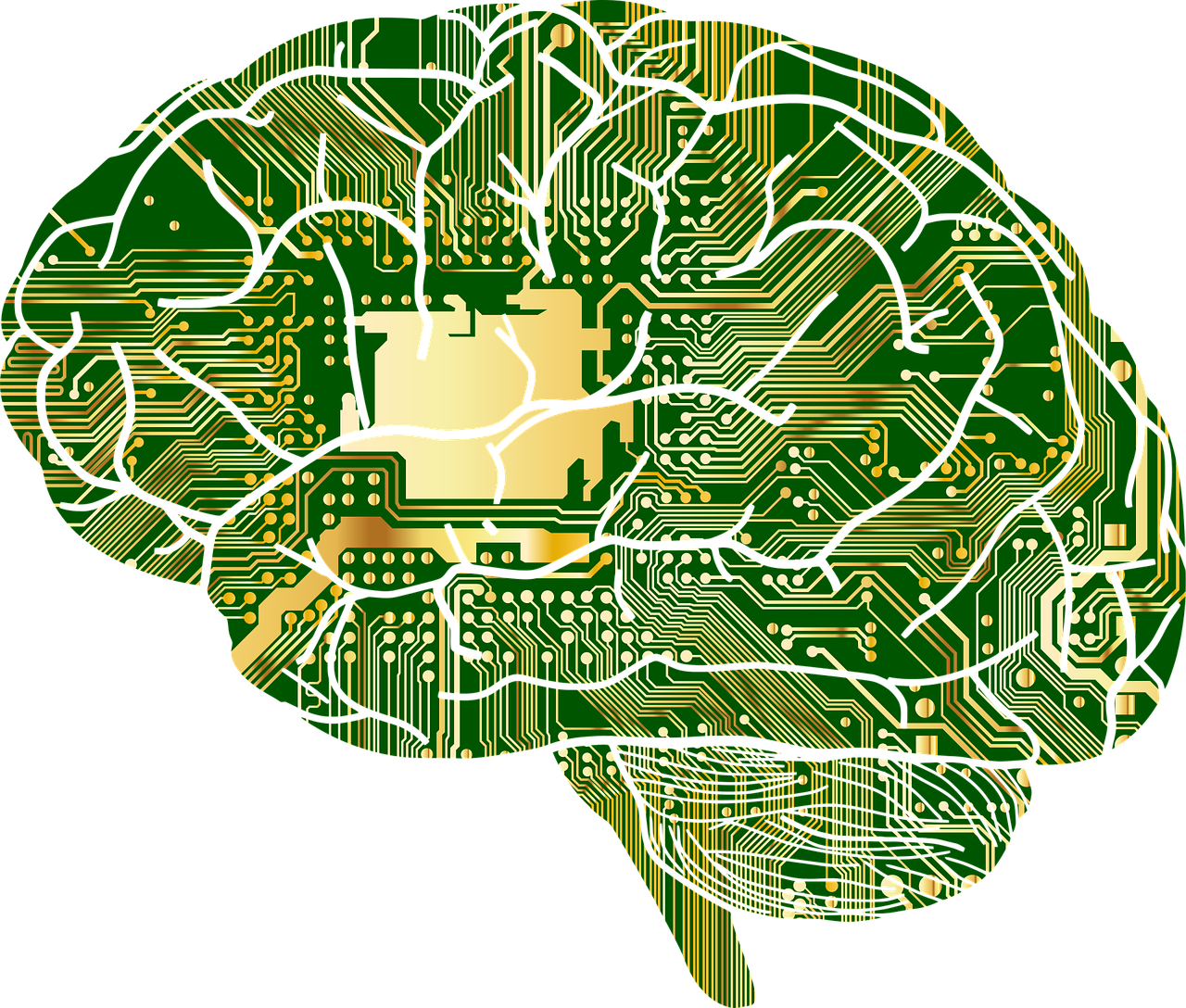Accessibility Statement
Despite our attempts to make this website accessible for everyone, there may still be some pages or sections that are not completely accessible, are in the process of becoming accessible, or do not have a suitable technological solution to make them accessible. Nevertheless, we are always striving to enhance our accessibility by adding, updating, improving its options and features, and incorporating new technologies.
We want to provide our users with the best experience possible, so we strive to support as many browsers and assistive technologies as possible.
If you wish to contact this website's owner, please use the contact form on the website.
Our User Interface Adjustment Options
Font adjustments - With this tool, users can modify font size, style, letter spacing, and line height for improved alignment and readability.
Color adjustments - Users can customize their color contrast profiles to light, dark, desaturated, and monochrome.
Content highlighting - Users can prioritize key elements such as links, forms, and titles.
Content focus - Users can enable focus mode to highlight the current page information based on their mouse movement.





